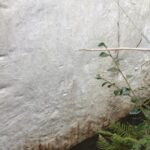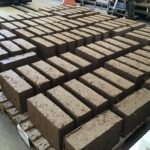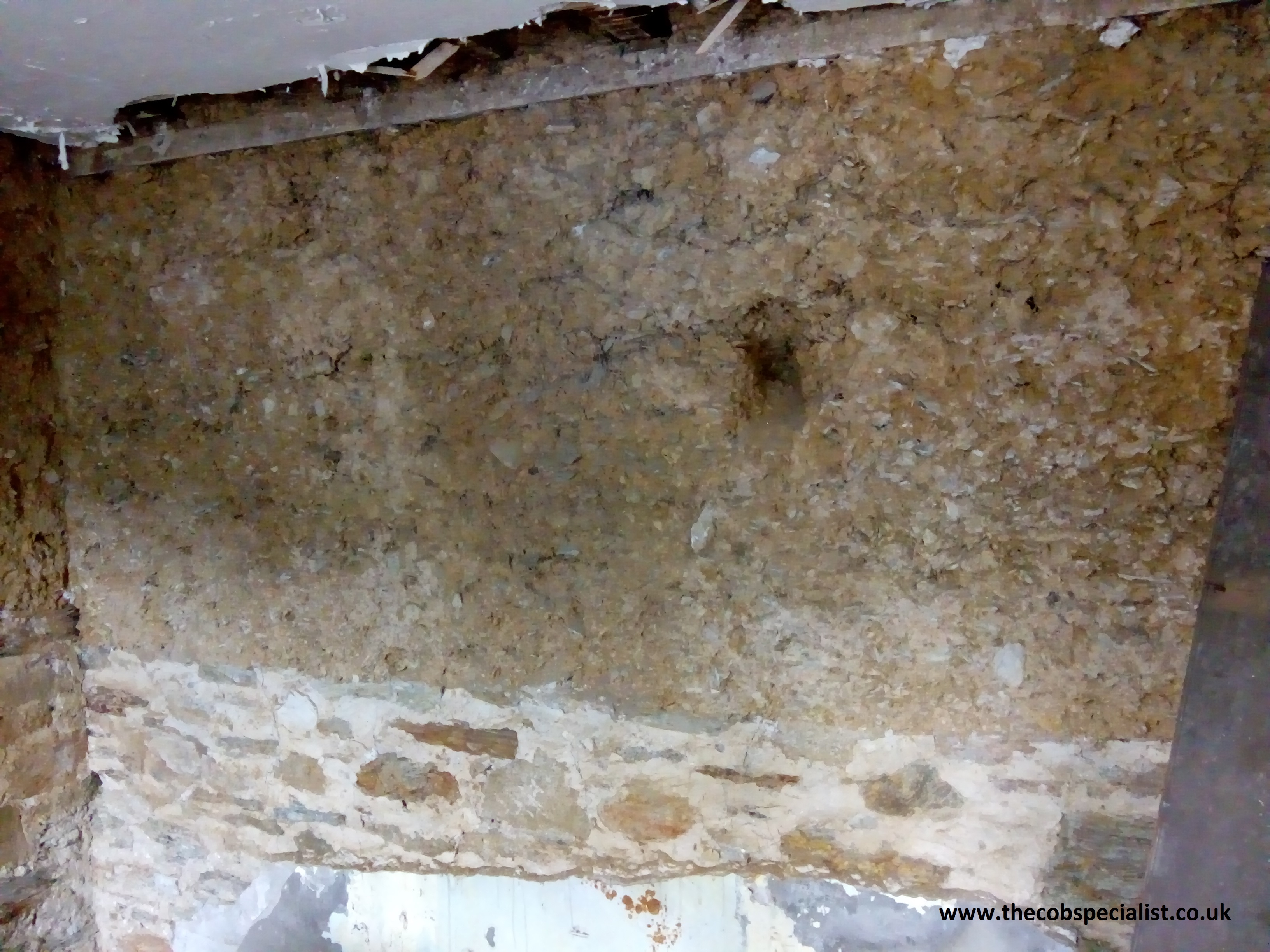
Dec
Damp Cob Walls
Excessive moisture content within cob walls often manifests itself on the surface plaster/s. Indicators are friable paintwork, discoloured painted surfaces and/or loose plaster/render.
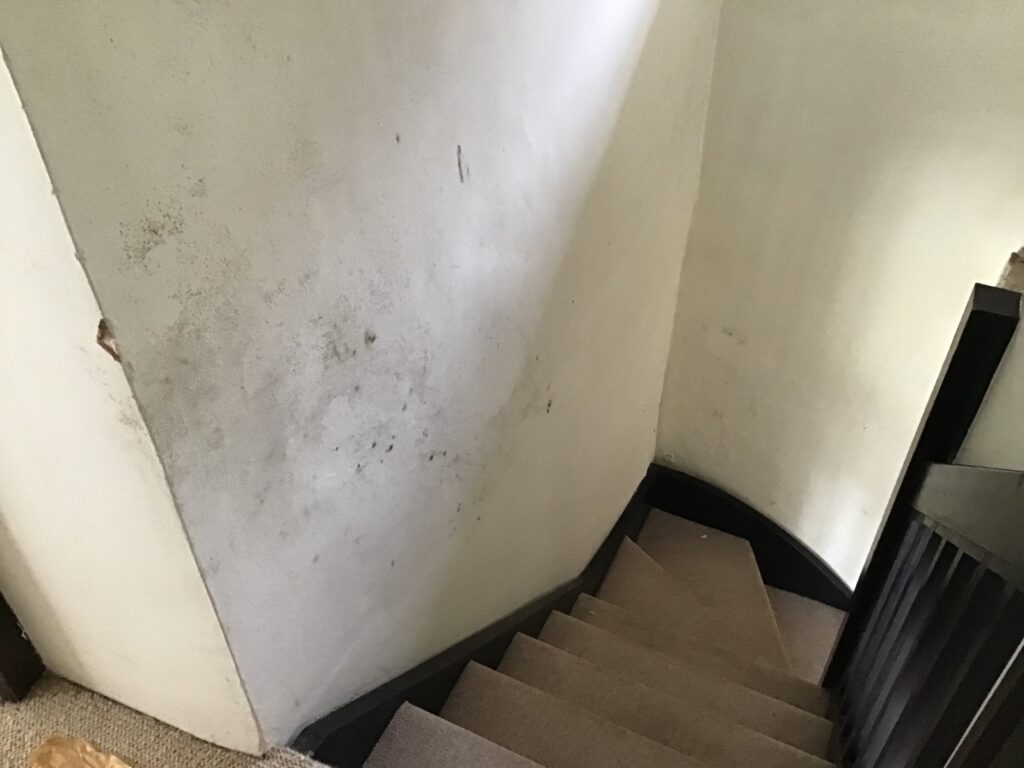
In some cases, the plasters or renders have totally separated from the substrate, leaving unsightly patches of the underlying bare wall.

Damp cob walls are not that uncommon. However, the extent of moisture within the cob walling is important. For example, in a linear sq/m of cob wall there is estimated to be about 1 litre of water……and that’s in a cob wall that has no evidence of damp or failings. So, a perfectly healthy cob wall will have moisture content but this moisture level must be controlled……and this is achieved by simply allowing the cob wall to breathe. If any given cob wall cannot breathe, it’ll almost certainly suffer with cob wall damp problems.
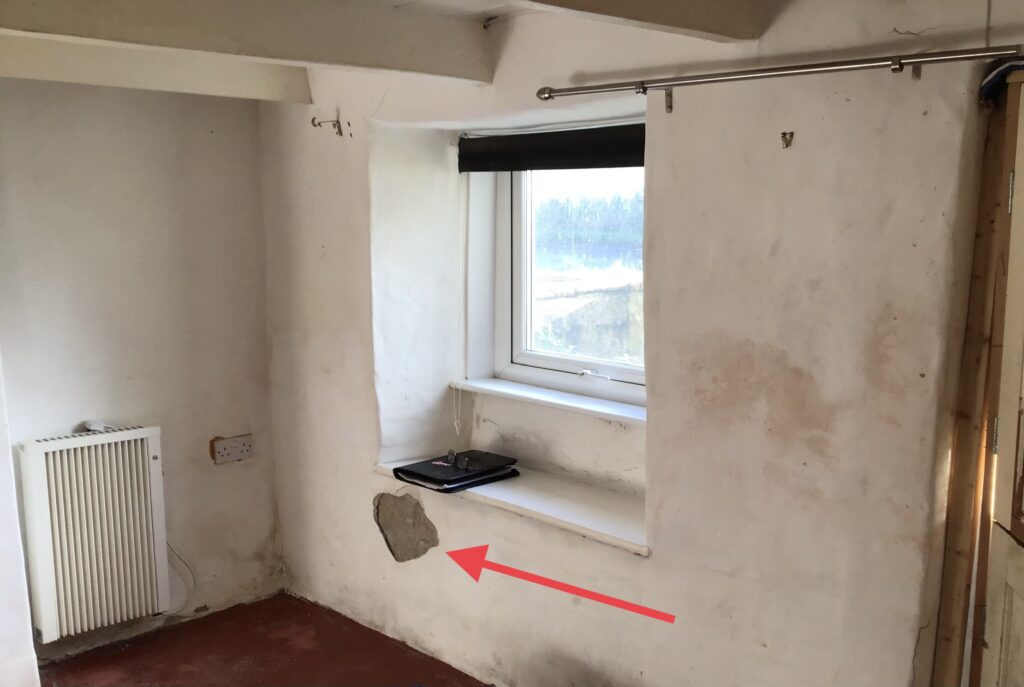
Impermeable surface applications such as cement-based plasters and renders, synthetic and plastic paints, multi-finish plasters etc do not allow for cob wall breathability and these surface applications effectively trap moisture within the cob wall.
Does this mean that I have to take off all of the existing plaster or render?
Ideally, yes. But in some instances, partial removal of damp cob wall surface plasters is achievable. There are a handful of other cost-effective measures that can be introduced [or undertaken] to address damp cob walls. Give us a ring or drop us an email, we’re here to help…….just one thing tho….DO NOT have the damp cob wall tanked or injected!


